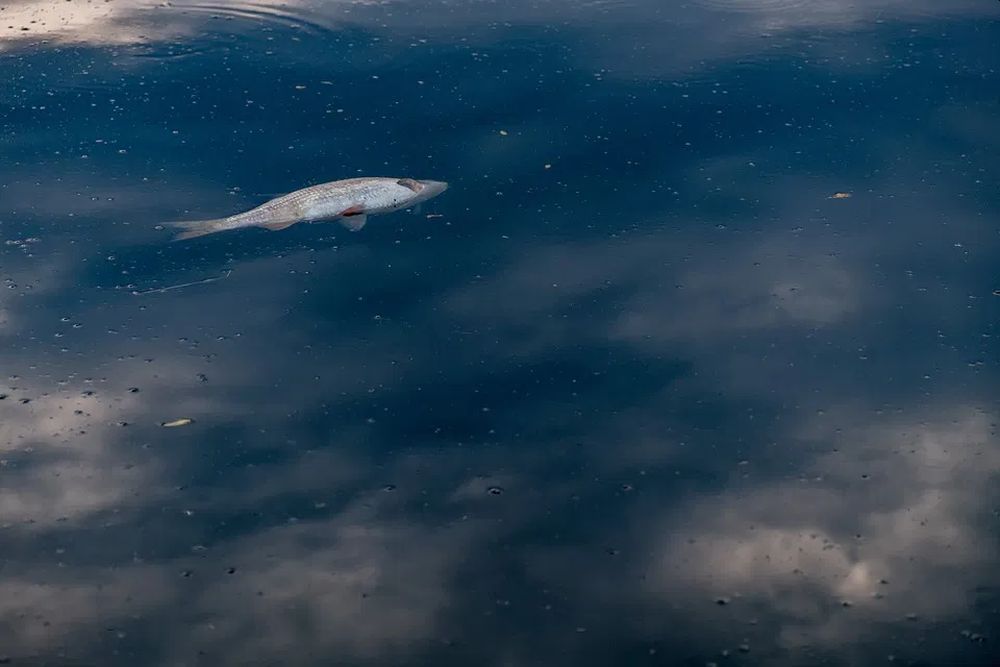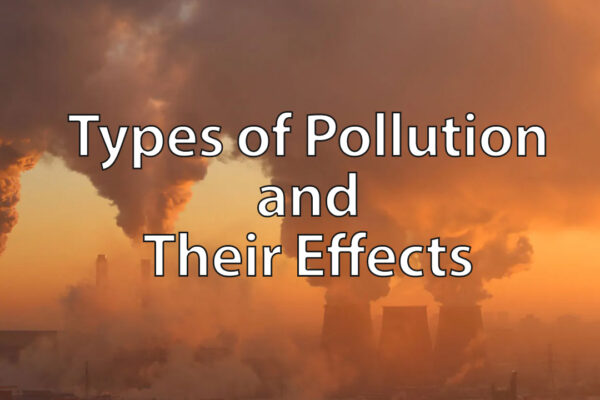Toxic Mercury Pollutants Found in Deep and Remote Oceanic Regions
The decaying fish carcasses that lived in water bodies – contaminated with toxic mercury pollutants – have found their way into the remote oceanic regions, polluting the deepest sea trenches as well! The rotting fish bodies from near-surface waters deliver this mercury pollution to the deepest spot in the ocean – the 36,000-feet deep Mariana Trench in the northwest Pacific.
Most of the mercury makes its way into the atmospheric emissions from fossil fuel-fired power plants, mining operations, cement factories, incinerators, and other human activities – and finally, seep into the depths of the oceans.
The Michigan University-led research team analyzed the isotopic composition of mercury in fish and crustaceans gathered at the bottom of two deep-sea trenches in the Pacific. The findings of the research are published in the journal Proceedings of the National Academy of Sciences.
According to U-M environmental geochemist Joel Blum, lead author of the study and a professor in the U-M Department of Earth and Environmental Sciences,
Mercury that we believe had once been in the stratosphere is now in the deepest trench on Earth. It was widely thought that anthropogenic mercury was mainly restricted to the upper 1,000 meters of the oceans, but we found that while some of the mercury in these deep-sea trenches has a natural origin; it is likely that most of it comes from human activity.
In June, Blum’s team and a Chinese-led research group autonomously reported the uncovering of human-deprived mercury in deep-sea-trench organisms. The researchers concluded that the mercury reaches the deep-sea trenches by attaching itself onto microscopic particles of sinking organic matter – including fecal material and dead plankton.
However, in the recent study, Blum and his fellow researchers indicate that a more likely explanation is that sinking carrion from fish that feed in the upper ocean delivers most of the mercury from the atmosphere to the depths of seas.

Toxic mercury pollutants have been found in the deep and remote oceanic regions | Image: Courthouse News
The study was conducted in order to find the lengths to which changing global mercury emissions will affect the levels found in seafood. Although mercury emissions have declined in recent years in North America and Europe, China and India persist to expand their use of coal, and mercury levels are rising, worldwide.
Mercury is a naturally occurring element, but excess levels of it can prove fatal to many species. This material can travel thousands of miles before being deposited onto land and ocean surfaces, where microorganisms convert some of it to methylmercury, an extremely toxic organic form that can gather in fish to harmful extents.
The study revealed that isotopic composition of methylmercury from the tissues of snailfish and crustaceans called amphipods collected at depths of up to 33,630 feet in Mariana Trench in the northwest Pacific, southwest of Guam. Other samples were gathered at depths of up to 32,800 feet in the Kermadec Trench in the southwest Pacific, northwest of New Zealand.
These samples were challenging to acquire, given the trenches’ great depths and high pressures. The trenches are some of the least studied ecosystems on Earth, and the Mariana snailfish was only just discovered in 2014.
Said study co-author Jeffrey Drazen, a University of Hawaii oceanographer.
The researchers used fingerprinting techniques to determine that the mercury from deep-sea-trench amphipods and snailfish had a chemical mark that matched the mercury from a wide array of fish species in the central Pacific, which feed at depths of around 500 meters (1,640 feet).
Through further analyses, they concluded that most of the mercury in the trench organisms was delivered there in the carcasses of fish that feed in sunlit near-surface waters, where most of the mercury reaches from anthropogenic sources.
It isn’t news that anthropogenic activities have polluted water resources; and the most recent mercury findings provide yet another example of human activities severely impacting food webs in the most remote marine ecosystems on Earth.


